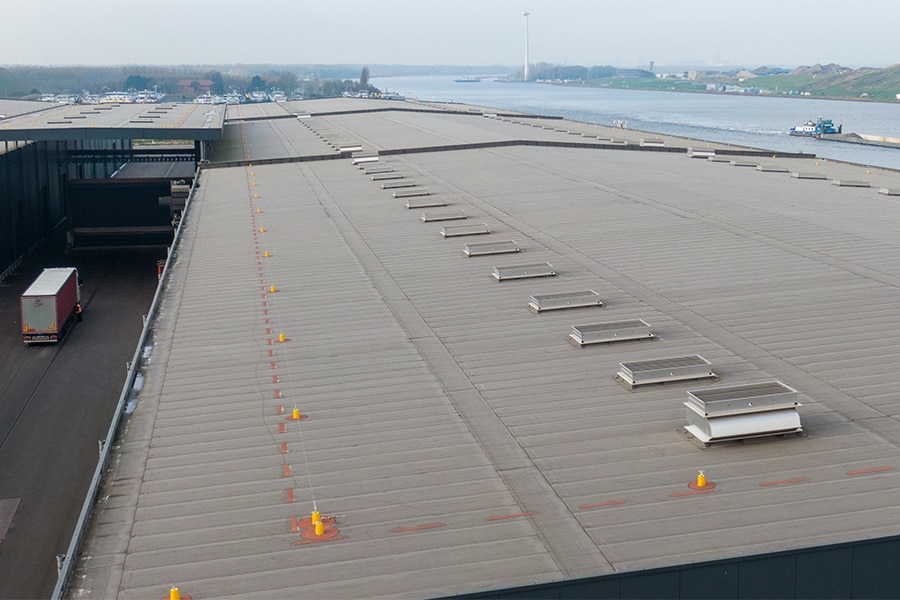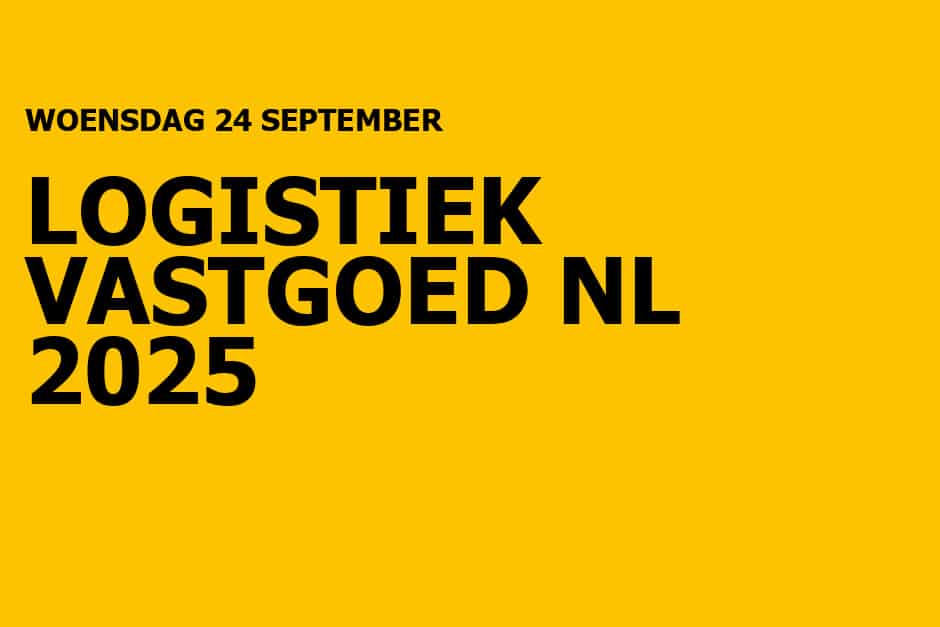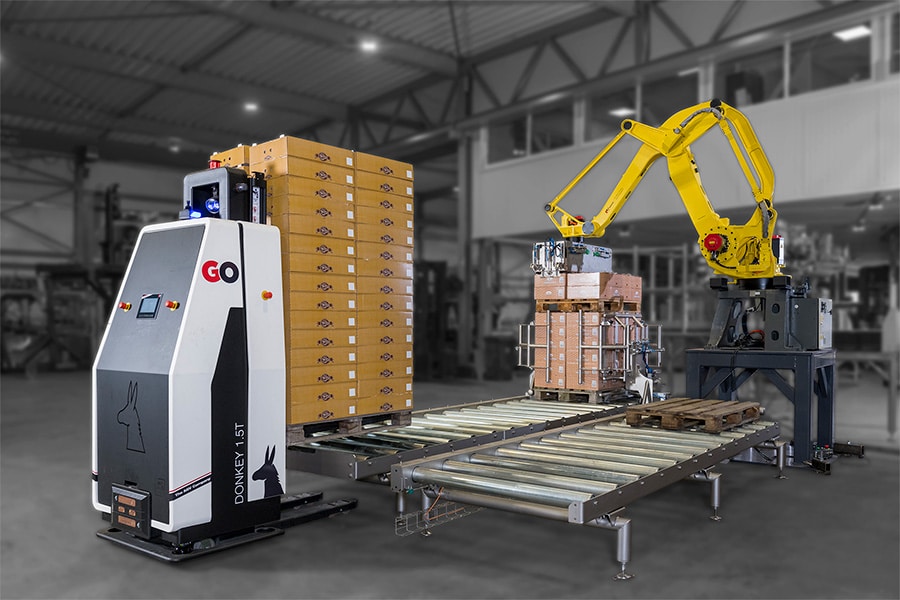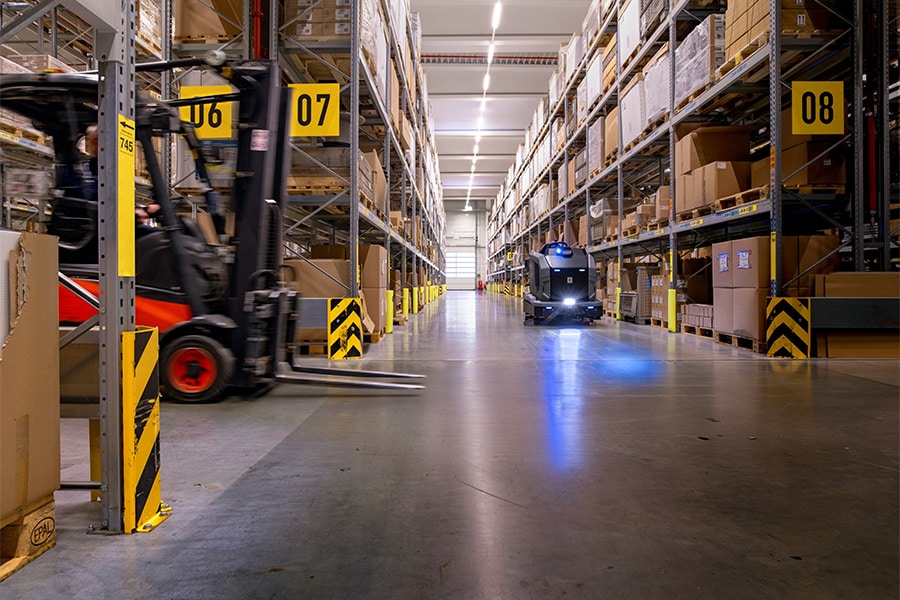
Fire, you shouldn't think about it! Or do you?
When fire breaks out in large halls and fire safety provisions are not in order, such a fire can have enormous consequences, knows Stan Veldpaus, Project Advisor Smoke Control Systems at Kingspan Light + Air. "Although fortunately the number of casualties is usually not so high, the material damage is often considerable. Fires in large halls that make the national news are more the rule than the exception. Moreover, damage to neighboring properties occurs regularly." So a smoke and heat extraction (RWA) system is not an unnecessary luxury.
Fire safety in large halls requires a specific approach. "Large sheds, factory halls and distribution centers may be equipped with a smoke and heat extraction (RWA) system when the maximum fire compartment size is exceeded and in accordance with the Besluit bouwwerken leefomgeving (Bbl) (Decree on Building Works for the Living Environment)," Veldpaus teaches. "The main added value of a RWA system is that production and logistics processes are not impeded by compartments. In the event of a fire, the SHEVS system provides effective smoke and heat removal, as well as better visibility during rescue and extinguishing operations. In daily operations, the RWA system can additionally be utilized for daily natural ventilation. In transparent versions, the system can also provide additional daylighting."

Freedom from compartmentalization
In the Netherlands, large warehouses, factory halls and distribution centers must be divided into fire compartments of up to 2,500 m2, Veldpaus says. "These compartments must also ensure that smoke and fire cannot spread to other areas for 60 minutes. This is stipulated in the Building Code, which was replaced by the Bbl on Jan. 1, 2024. However, owners of large sheds are actively looking for ways to safeguard fire compartmentation. Not only because fire compartmentation is expensive, but also because it limits the functionality of the property. For example, when marine vessels are built, the walls of a fire compartment soon get in the way. And also when forklifts are driven through the warehouse all day, an alternative to fire compartmentation is desirable. The NEN 6060 and the NEN 6079 offer a solution in this case."
NEN 6060 and NEN 6079
The NEN 6060 is a method of calculating fire loads. "This involves mapping all combustible materials in and on a building," Veldpaus said. "Then, based on the calculated fire load, the maximum size of a fire compartment is determined." In particular, NEN 6079 covers probability, cause and effect. "In this case, it calculates the probability of a fire and the consequences for the other compartments or neighbors. As long as the outcome is low, very large may be built."

Specialist knowledge
Both NEN standards reward the application of technical solutions such as sprinklers, Veldpaus knows. "SHEV systems also provide valuable credits, but here various preconditions must be met. Specialist knowledge is required for this, which Kingspan Light +Air is very happy to provide." Kingspan Light + Air has been advising, designing, assembling and maintaining SHEV systems for 40 years. "Moreover, all components required are produced by us in-house or under private label. From smoke hatches to (thrust) ventilators, switch boxes, transmission paths and valve registers and including associated fire alarm and evacuation alarm system and automatic notification to the fire department. Because we advise, design, install and maintain all systems integrally, we can guarantee high quality. This results not only in high comfort, but also in low TCO. We work with basic calculation rules, but - if applicable - also test our advice with Computational Fluid Dynamics (CFD) computer simulations, so that the operation during ventilation and fire can be estimated as accurately as possible. In this way, building owners
completely unburdened."
The effects of fire
A building fire is not always preventable, Veldpaus emphasizes. "Even in the safest shed, fire can occur. Companies would be wise to consider the consequences. Are the consequences acceptable? Or are additional measures such as a sprinkler or RWA system necessary to be able to continue operations after an unexpected fire? But also: what does the insurer require?" According to Veldpaus, a major advantage of a RWA system is that it is also linked to a fire alarm system. "An RWA system thus offers extreme opportunity to extinguish even the smallest fires immediately. The system prevents or delays flash-overs (sudden fire spread as a result of radiation from a hot smoke gas layer) and backdrafts (explosive combustion of flammable gases as a result of a sudden oxygen supply) and provides maximum fire visibility, more escape time and less damage. Also when storing hazardous materials. Moreover, the application of SHEVS systems is often simpler, more flexible and cheaper. Because the products can also be used for comfort ventilation and additional daylighting, clients catch several birds with one stone."
Cocoa sheds
Within fire safety in large warehouses, cocoa warehouses play a unique role. For many years, the Netherlands has been the importer of cocoa beans, whose storage requires specific fire safety measures. "Cocoa is highly flammable. Moreover, if it catches fire, the fire is difficult to put out," Veldpaus knows. "The only solution is to take the flammable substance away from the source and drive it outside." To limit the consequences of a fire, the cocoa industry has collectively agreed on a package of storage measures. "One of these measures is an RWA system, which provides sufficient time to drive all the cocoa outside. In addition, the storage capacity inside should be as large as outside." Kingspan Light + Air now has extensive experience in the application of SHEV systems in cocoa warehouses. "Virtually all warehouses in Amsterdam and Zaandam now have our RWA and fire detection systems."



